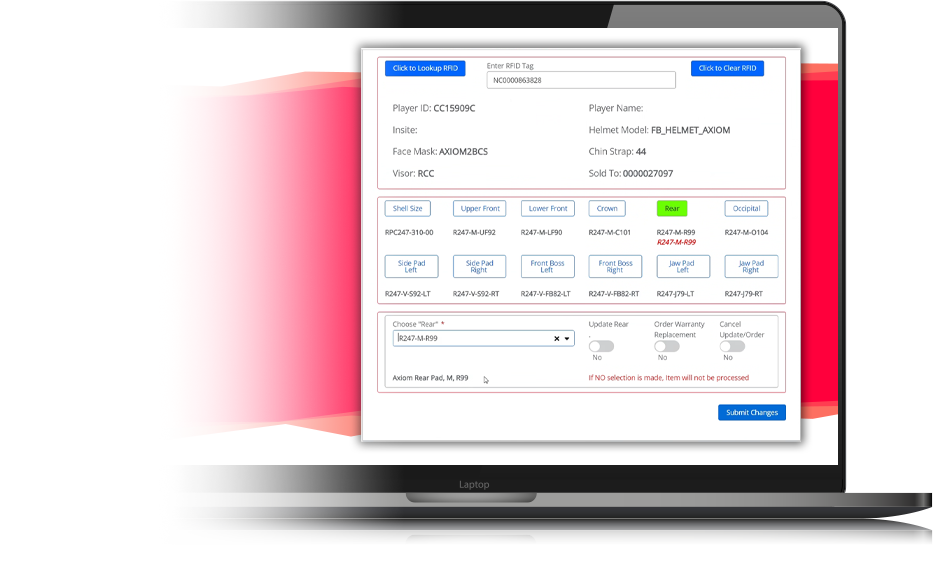Project Description
Difficult made easy by Theobald Software
Consolidate and leverage RFID data to improve operations and productivity

yunIO Use Case Material Management
Efficient data management and asset tracking with RFID
Radio Frequency Identification (RFID) technology is increasingly being used in retail, manufacturing and logistics to efficiently track and manage products. Compared to traditional barcodes, RFID offers many advantages, including a continuous flow of information and real-time data capture. However, companies face the challenge of merging data from disparate systems, such as enterprise resource planning (ERP) systems and automation solutions. The manual process of finding and integrating information from disparate systems is time-consuming and error prone. In addition, real-time access to RFID data is hampered by data silos.
yunIO supports consolidation of RFID data
In this use case, a leading manufacturer of football helmets has implemented innovative RFID technology for its production and repair facilities. Each helmet is tagged with an RFID tag that contains important information about the helmet’s components and the player. To optimize inventory management, the company has developed a customized application that is available on a variety of devices in the warehouse and to more than 250 field workers. The RFID-tagged and scanned product information is seamlessly stored in the SAP system and transferred in real time to an automation platform (e.g., Nintex). There, the SAP data is presented in easy-to-use forms such as drop-down lists or text fields. This allows users to update the data in real time according to their input. By integrating with yunIO, companies can efficiently manage their RFID data and take full advantage of this technology while optimizing inventory management workflows, shortening response times, and increasing productivity.
Advantages with yunIO
yunIO enables the seamless integration of RFID data into the central SAP system. RFID-tagged product information is stored in real time, ensuring efficient data consolidation and a continuous flow of information.





